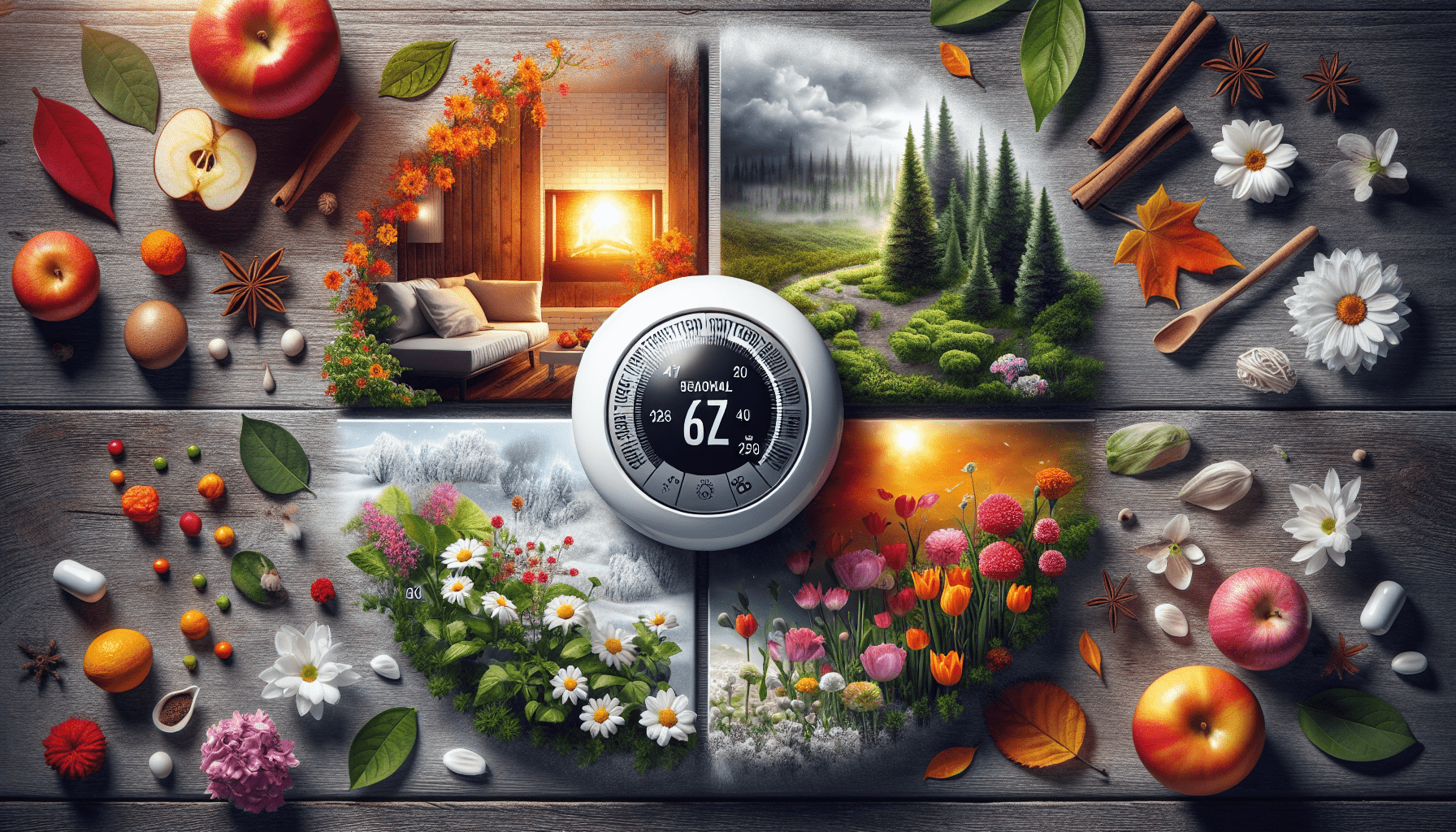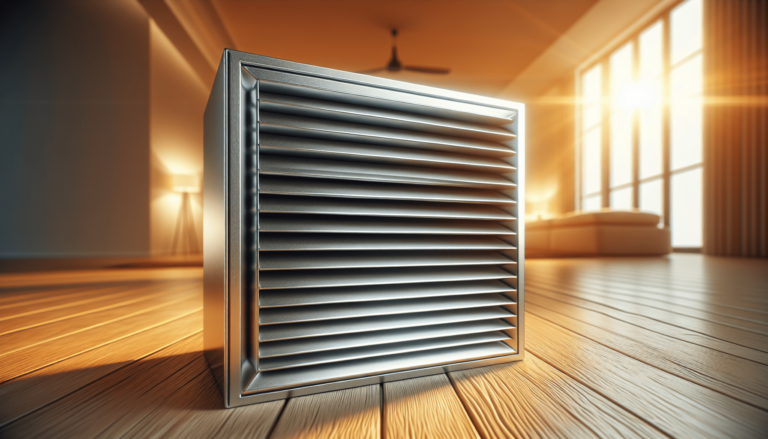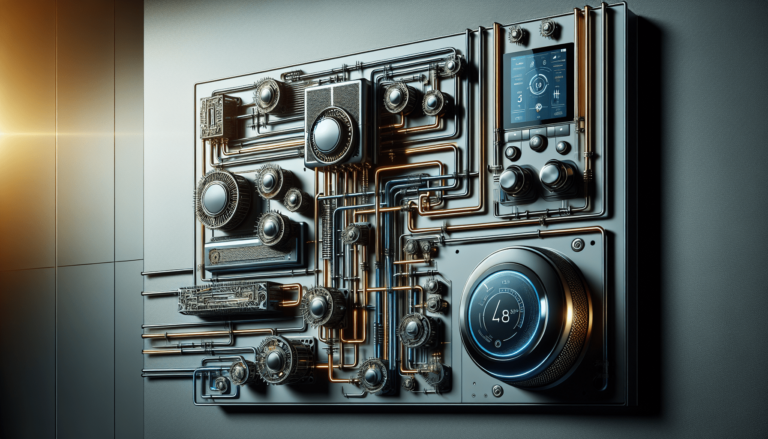

HVAC Services
Get Professional Repairs From The Area's Trusted HVAC Technicians. Ask About Our Services! We Offer Professional Heating & Cooling System Repairs And Guarantee Long-Lasting Results.
Got Question? Call us: (850) 678-2665Financing
Optimal Thermostat Settings For Every Season
Discover the perfect thermostat settings for each season and say goodbye to energy waste. Maximize comfort and cut utility bills with these data-driven tips!

Have you ever wondered what the ideal thermostat setting is for each season? You’re not alone. Many people adjust their thermostats based on guesses or misconceptions rather than data-driven knowledge. Understanding the proper thermostat settings can significantly impact comfort, energy consumption, and utility bills.
Why Thermostat Settings Matter
The right thermostat setting maximizes comfort and minimizes energy waste. Setting your thermostat incorrectly can lead to unnecessary energy usage and higher bills. Knowing the ideal settings for every season helps you stay comfortable and saves you money.
Understanding Thermostat Basics
Before diving into season-specific settings, let’s explore a little about thermostats:
- Types: There are manual, programmable, and smart thermostats. Manual thermostats require you to adjust settings physically. Programmable thermostats let you set schedules. Smart thermostats offer more control, learning preferences, and adjusting automatically.
- Functionality: Thermostats read the ambient temperature and switch on heating or cooling systems to reach the desired temperature.

Seasonal Thermostat Settings
Each season brings weather changes, necessitating the need for different temperature settings on your thermostat. Here’s how you can optimize yours:
Spring Thermostat Settings
Spring is a transitional season with varying temperatures. Here are suggested settings:
- Daytime: Set your thermostat to around 68°F (20°C) when home. This temperature maintains comfort without overworking your HVAC system.
- Nighttime: Lower it to 60-66°F (16-19°C). Cooler temperatures at night can lead to better sleep.
Tips: During spring, it’s wise to keep windows open on milder days to let in fresh air and reduce reliance on your HVAC system.
Summer Thermostat Settings
Summers can be unforgivingly hot, making effective thermostat settings crucial.
- Daytime: Aim for 78°F (25.5°C) when you’re home. This temperature strikes a balance between comfort and energy efficiency.
- Nighttime: Consider setting your thermostat a few degrees cooler to around 74°F (23°C) if you prefer sleeping in cooler conditions.
Tips: Use fans to circulate air more effectively and reduce the burden on your AC system.
Fall Thermostat Settings
As temperatures start dropping, your heating system starts working again.
- Daytime: Keep the thermostat set at about 68°F (20°C). This is warm enough for comfort during the day.
- Nighttime: Set it lower, around 60°F (16°C), to conserve energy and encourage better sleep.
Tips: In fall, layers can be your friend. Opt for dressing in layers rather than cranking up the heat.
Winter Thermostat Settings
Winter challenges your heating system the most, with people often cranking up the heat.
- Daytime: Set your thermostat to 68°F (20°C). It’s warm enough to keep you comfortable without overloading your heating system.
- Nighttime: Lower it to about 62°F (17°C). This setting helps save energy and keeps you cozy under blankets.
Tips: Use draft excluders and check insulation to avoid heat loss, ensuring efficient heating.
Energy Savings Tips
You might wonder whether these temperature tweaks actually save energy. According to the U.S. Department of Energy, you can save as much as 10% per year on heating and cooling by simply turning your thermostat back 7-10°F for eight hours a day from its normal setting.
Consider these additional tips:
- Programmable Thermostat: Use it to automatically adjust the temperature throughout the day.
- Smart Thermostat: Invest in one to learn your habits and optimize temperature settings accordingly.
- Regular Maintenance: Regularly service your HVAC system to keep it running efficiently. A well-maintained system can significantly reduce energy use.

Bonus: Coping with Extreme Weather
Sometimes, temperatures can swing far beyond seasonal norms. Here are ways to manage your thermostat during such times:
- Heat Waves: Keep blinds closed during the day to reduce heat ingress, and run the AC earlier in the day to keep the home temperature down before the heat peak.
- Cold Snaps: Ensure your home is properly insulated, use heavier curtains to retain heat, and opt for thicker clothing indoors rather than turning up the heat.
Conclusion
Finding the optimal thermostat settings for every season doesn’t have to be a guessing game. By understanding the efficient temperature settings for spring, summer, fall, and winter, you can enjoy comfort and savings throughout the year. So, what change will you make first in your home?
Remember, it’s not just about saving money; it’s also about being mindful of energy use and living sustainably. If you want more guidance or have specific concerns regarding your HVAC system, consider reaching out to a professional, like Tempacure Heating and Air Conditioning. They can offer advice tailored to your home’s unique needs.
Tempacure Heating and Air Conditioning
325 Cedar Ave S
Suite B
Niceville, FL 32578
(850) 678-2665
Tempacure HVAC Website







